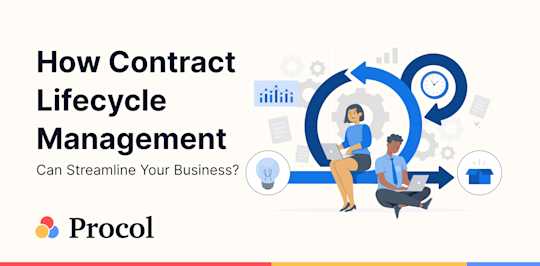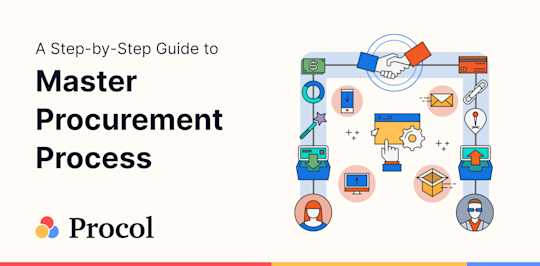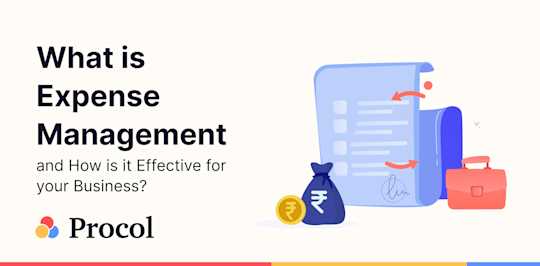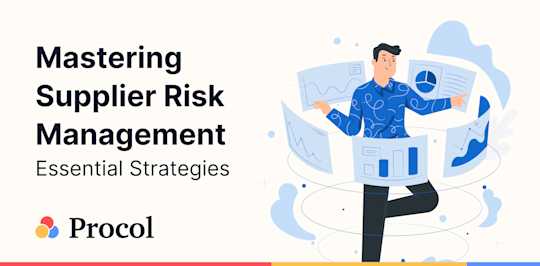13 Stages Of Procurement Lifecycle Explained
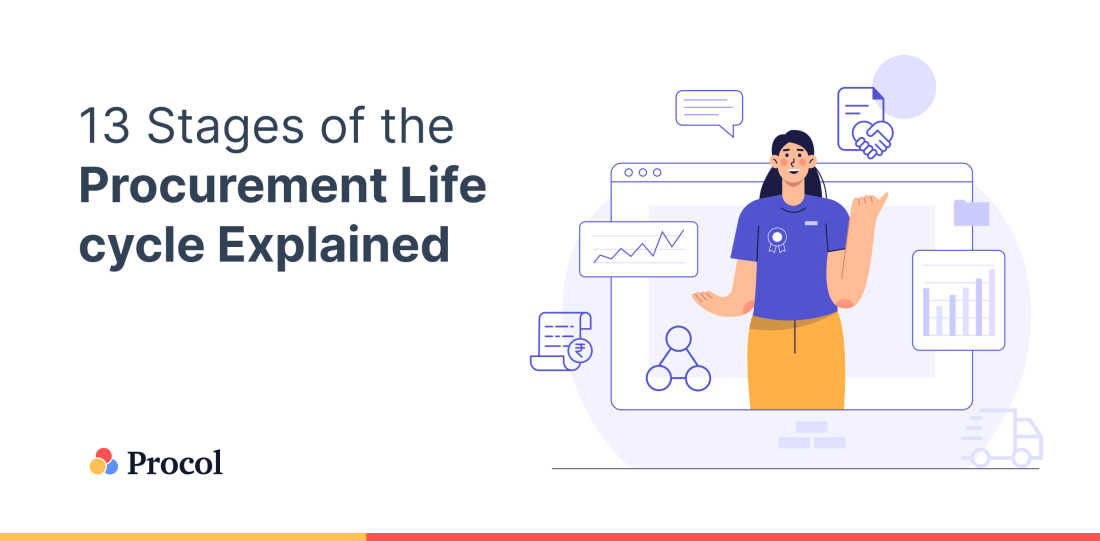
TABLE OF CONTENTS
In identifying customer needs and working toward the most innovative solutions to increase sales turnovers, are you paying heed to the needs of your organisation? This is where procurement steps in to satisfy your company’s needs and requirements generated in the process of fulfilling consumer demands.
The procurement lifecycle entails a series of comprehensive processes. It begins when you first interact with your potential suppliers and ends when your organisation has procured the required items for the production team. The first step towards procurement solution automation is understanding these procurement stages and their significance. Here’s a glimpse of each stage and the best procurement practices.
- Conducting a Business Needs Analysis
What products need to be procured for your business and why? The first step is to define your business needs, so the procurement team understands the rationale behind the multi-step procurement process. All stakeholders participate in defining product and business needs so that the organisational needs are justified. During the defining stage, product specifications must also be outlined so that suppliers understand your needs precisely.
- Conducting Market Analysis
Once your product needs are identified, you must analyse the market to identify different types of vendors and suppliers who can provide you with the products you need. Sometimes, your organisation may even manufacture the product in-house if procurement from a third-party supplier might exceed its budget limit. Analysing multiple options and understanding the market is crucial to ensure successful procurement.
- Strategizing the Procurement
Developing a procurement strategy is essential to procurement cost optimization. Begin by understanding the market and the benefits your suppliers will reap from a business association with your organisation. You can then plan negotiations that result in potential cost savings. Although cost optimization is the primary objective of developing a procurement strategy, the procurement software allows you to consider various other aspects, facilitating the development of a robust strategy that adds business value.
- Testing the Market Waters
Procurement cost typically varies based on market conditions. If the market is volatile, you need a procurement strategy that adapts to market fluctuations. Allocating a small budget for market testing helps you understand market dynamics better.
- Developing Detailed Documentation
Before shortlisting suppliers, you must focus on creating detailed documentation on the products you intend to purchase. At this stage, your market analysis will have provided you with exact details of the products you require. Such information is crucial to suppliers because it helps them provide mutually beneficial quotations.
- Selecting Suppliers For The Tender Process
Once you have the detailed specifications of the products you need, you may invite suppliers to present their bids. An automated procurement system can help you reach suppliers locally, regionally, and globally without additional costs. At this point, supplier onboarding plays a significant role in accelerating the procurement process.
- Issuing Tender Documents
Based on the procurement strategy developed in previous stages, you can shortlist suppliers and vendors who will benefit your organisation. You should send tender documents to shortlisted suppliers to enable them to place their bids. E-procurement allows you to generate and share your eRFX efficiently through a unified platform interface. It also helps set deadlines within which your suppliers must respond.
- Evaluating And Validating Bids
Once the suppliers have submitted their bids, your procurement team must identify suppliers to deliver the best value to your business. A detailed procurement software system can help you define metrics to qualify suppliers based on numerous factors besides the quoted price. It can help your procurement team make data-driven decisions, leveraging data analytics to shortlist the best supplier for your organisation.
- Sharing the Contract
After evaluating the bids, you can shortlist your supplier, striking a deal by sending official contracts. Before sharing the contract, you can negotiate the price to derive maximum value from suppliers. Finally, contracts must be designed and signed by both parties upon agreement of supply dynamics and KPIs. An electronic procurement system automates this process.
- Managing Warehouse Logistics
Once both parties sign the contract, suppliers must ship the products based on the buyer’s requirements and specifications. Multiple warehouse logistics — including carriers, delivery speed, frequency of delivery, etc. — must be determined and standardised based on product specifications. Such standardisation enables transparency across the procurement process.
- Reviewing Contract Performance
No supplier contract is permanent or binding — companies must monitor, review, and evaluate supplier performance periodically to ensure they meet the contract terms. Such evaluation also helps prevent monopolisation because it allows organisations to explore new suppliers’ products.
- Ensuring Supplier Relationship Management
Procurement is a continuous process — it enables companies to continue establishing and maintaining supplier associations throughout the procurement lifecycle. Suppliers willing to work and grow with the organisation can bring about innovations to accelerate your business. Suppliers must have access to open communication channels to ensure better collaboration.
- Enhancing Asset Management
Procurement needs may change as you scale up your business and expand its reach. You must develop an adaptable procurement strategy that changes based on any updates to business goals. Procurement management is integral to asset management because it actively helps you support your business goals.
Conclusion
To streamline the procurement process, your organisation needs an integrated procurement system that automates the entire procurement lifecycle. Procol is the industry’s best procurement software, providing a unified platform for all procurement processes. Contact us to schedule a demo to develop a resilient procurement strategy that meets your current and future business needs.
Get a Free Demo
We'd love to hear from you. Please fill out this form to schedule a demo with us. You can also give a call on +91 76666 82222
